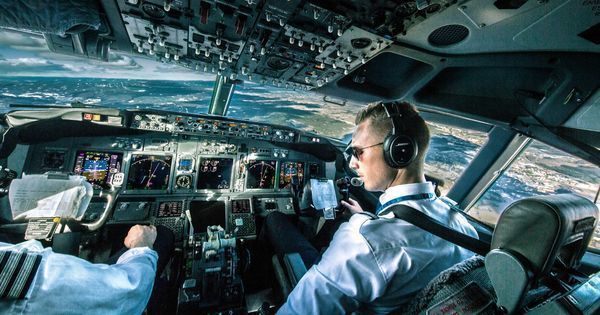UberAir will fly electric passenger drones on short trips, the U.S. Army is researching Uber’s tech, and NASA has forged an agreement with the flying taxis.
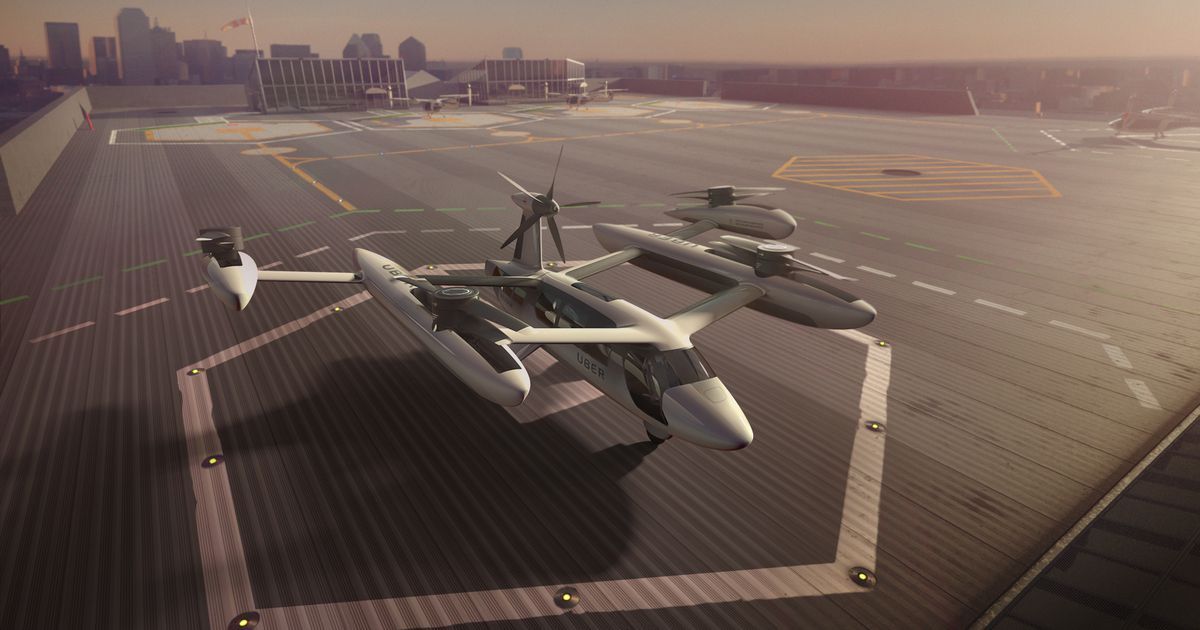

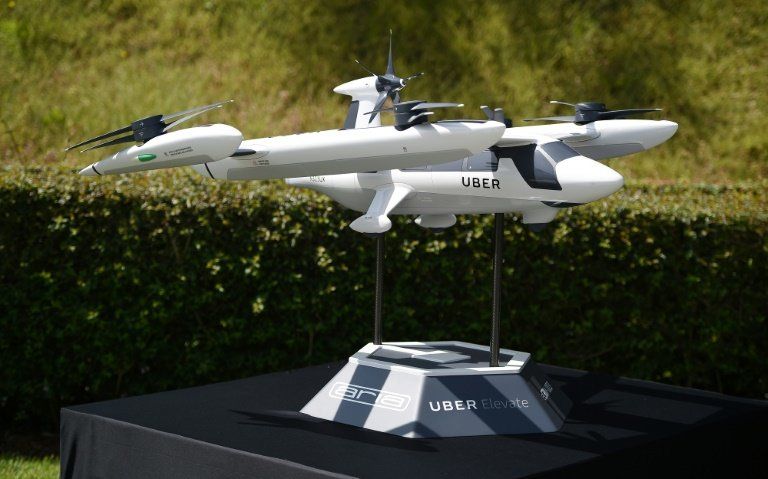
It’s not a bird, nor a plane. But Uber’s new prototype vehicle unveiled Tuesday shows off its vision of the future of transportation—a “flying taxi” that aims to alleviate urban congestion.
A model of Uber’s electric vertical take-off and landing vehicle concept (eVTOL)—a cross between a helicopter and a drone—was displayed at the second annual Uber Elevate Summit in Los Angeles.
“Our goal is to radically improve global mobility,” said Uber Aviation product chief Nikhil Goel.
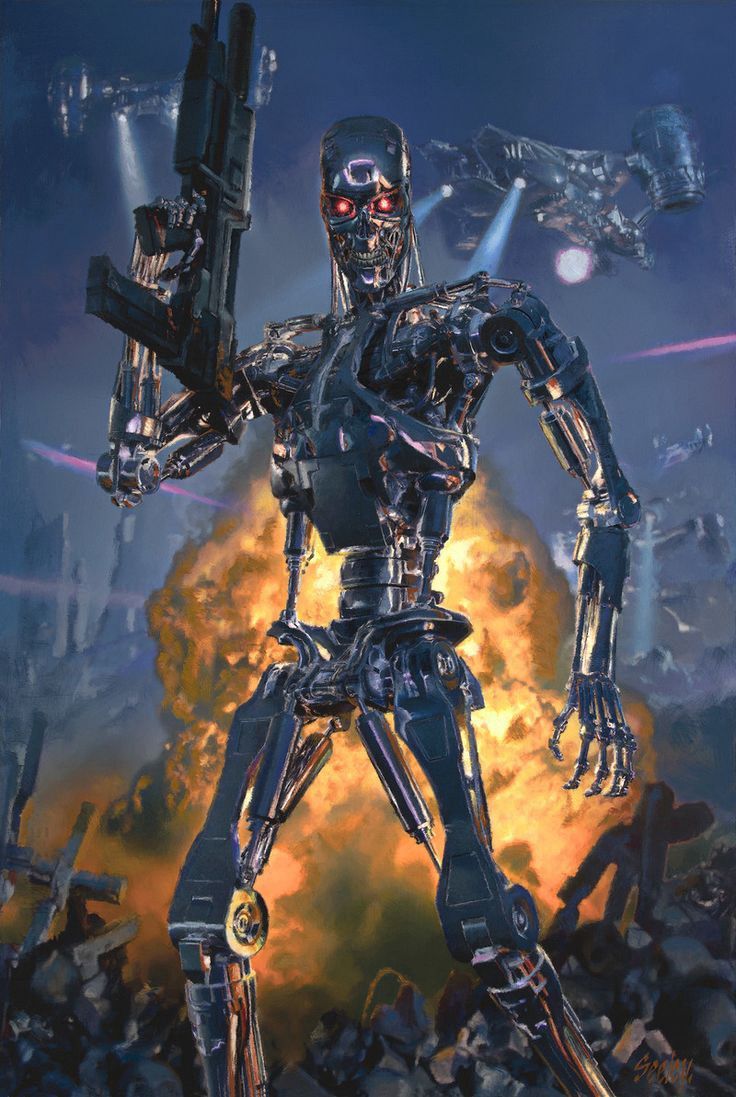
Lately, there has been a lot of concern about the recent explosion of AI, and how it could reach the point of 1) being more intelligent than humans, and 2) that it could decide that it no longer needs us and could in fact, take over the Earth.
Physicist Stephen Hawking famously told the BBC: “The development of full artificial intelligence could spell the end of the human race.” Billionaire Elon Musk has said that he thinks AI is the “biggest existential threat” to the human race.
Computers running the latest AI have already beaten humans at games ranging from Chess to Go to esports games (which is interesting, because this is a case where AI could be better than humans at playing games which were built as software from the ground up, unlike Chess and Go, which were developer before the computer age).
This is so cute!
In today’s adorable-and-I’m-not-crying-you’re-crying news, NDTL reports that an engineer in New Delhi named Milind Raj saved a puppy using a drone he equipped with a giant claw.
Raj was out for a morning walk in New Delhi when he heard whimpering and traced the sound to a puppy that had become stuck in a boggy drain between two roads. Raj said the condition of the puppy was “miserable” and tells The Verge that local residents had heard the animal crying for two days. Others hadn’t stepped up to the task of trying to rescue the pup because “the drain was so filthy,” says Raj. “It was not possible for a human to rescue the puppy without endangering their own life.”
Raj decided to take up the task himself, and immediately set to work constructing a drone capable of rescuing the pup. Even though Raj has an extensive history in both AI and robotics, he said building the right tools was a challenging exercise. Within a few hours, he had strapped a robotic arm with a claw of sorts to a six-rotor drone, both custom-made in his lab, located in the city of Lucknow. While he had built the drone itself two years ago, the arm he equipped it with was something he specifically created for this rescue, installing sensors to track heartbeat and breathing patterns to keep tabs on the wellness of the puppy. “The AI helped me monitor the animal’s heart rate,” he said. “If the grip was too tight, the pup would suffocate.”
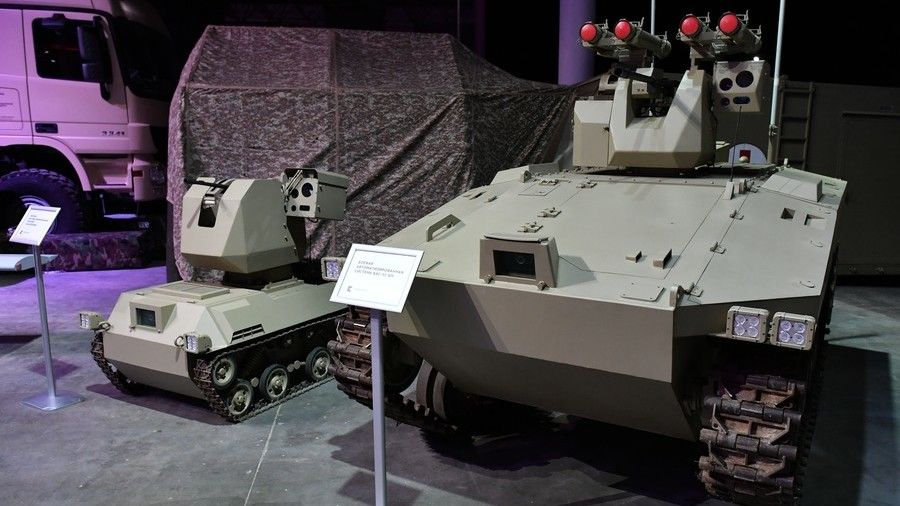
The battlefields of the future look set to be the province of robots duking it out on the field as their operators sit pretty, miles away. Russia is moving in leaps and bounds towards fielding its own unmanned forces.
Modern robots are nothing like the Terminator: Fielding human-shaped automatons for combat is much more trouble than it’s worth, so most ground robots are more or less tank- or car-shaped. They aren’t fully controlled by an artificial intelligence, either – not just yet, at least.
With its enormous war budgets and military industrial sector, it’s no surprise the US has been at the forefront of unmanned combat vehicle development. Its Predator drones have been raining death on Pakistan, Afghanistan and Yemen for over 15 years now, and it has been employing small, ground-based firing platforms like SWORDS for years, not to mention the multitude of bomb disposal and surveillance robots.
While it just missed its goal of making its maiden manned voyage at January’s CES event, Ohio-based company Workhorse’s SureFly hybrid-electric helicopter has finally lifted off for its first untethered flight. Well, it got a few feet off the ground, at least.
“A five-foot hover might not seem like a big deal, but what it does is to answer the question: Will it fly, yes or no?” CEO Steve Burns told Digital Trends.
The answer, as Burns is quick to point out, is a resounding yes. That’s exciting because the SureFly octocopter is a new kind of vehicle. It’s essentially a human-sized vertical-take-off-and-landing (VTOL) drone designed for up to two people. Its creators hope that it will both broaden and corner the market when it comes to personal flying machines.
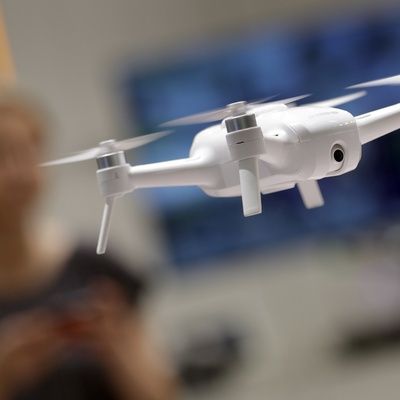
And that’s just one of the ways bad guys are putting drones to use, law enforcement officials say.
DENVER, Colorado — Last winter, on the outskirts of a large U.S. city, an FBI hostage rescue team set up an elevated observation post to assess an unfolding situation. Soon they heard the buzz of small drones — and then the tiny aircraft were all around them, swooping past in a series of “high-speed low passes at the agents in the observation post to flush them,” the head of the agency’s operational technology law unit told attendees of the AUVSI Xponential conference here. Result: “We were then blind,” said Joe Mazel, meaning the group lost situational awareness of the target. “It definitely presented some challenges.”
The incident remains “law enforcement-sensitive,” Mazel said Wednesday, declining to say just where or when it took place. But it shows how criminal groups are using small drones for increasingly elaborate crimes.
Apparently needs a lot of work before it can actually operate like a eel/snake. But, i’d wrap this up in skin so it could look like a snake/eel. Give it solar power skin so it could recharge its own batteries; maybe try to use that system that was supposed to be able to eat organic matter to convert into power. Then, put a bunch of sensors on it, and HD cameras for eyes, and rig it so it could transmit to satellites. And you have a pretty impressive drone that can operate in any body of water and on land close to water.
An innovative, eel-like robot developed by engineers and marine biologists at the University of California can swim silently in salt water without an electric motor. Instead, the robot uses artificial muscles filled with water to propel itself. The foot-long robot, which is connected to an electronics board that remains on the surface, is also virtually transparent.
The team, which includes researchers from UC San Diego and UC Berkeley, details their work in the April 25 issue of Science Robotics. Researchers say the bot is an important step toward a future when soft robots can swim in the ocean alongside fish and invertebrates without disturbing or harming them. Today, most underwater vehicles designed to observe marine life are rigid and submarine-like and powered by electric motors with noisy propellers.
“Instead of propellers, our robot uses soft artificial muscles to move like an eel underwater without making any sound,” said Caleb Christianson, a Ph.D. student at the Jacobs School of Engineering at UC San Diego.

There are certain classes of technology that, by their nature, put those who possess their secrets in danger: Nuclear weapons. Ballistic missiles. Advanced encryption software.
Now, add unmanned aerial vehicles—drones—to that list.
A Palestinian electrical engineer who had published research on drones was assassinated in Malaysia, the Wall Street Journal reported (paywall). A helmeted person on a motorcycle fired 10 shots at 35 year-old Fadi al-Batsh, killing him as he walked to a mosque for morning prayers.
